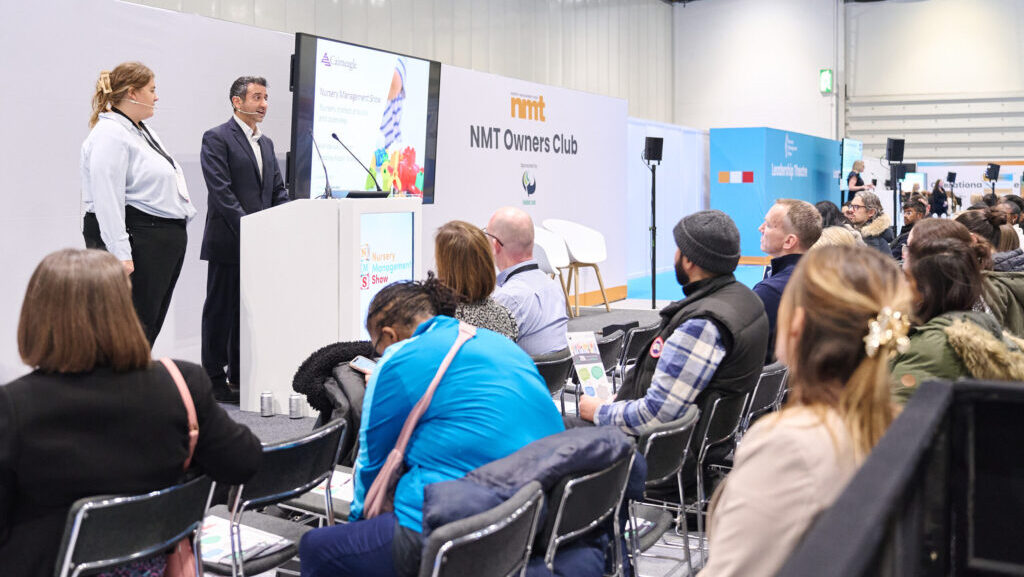Nurseries and parents are focused on school readiness, but what about out-of-school readiness? Charlotte Goddard finds out how one nursery…
Build a robust culture
Nicole Williamson, chief executive of Education Child Protection explores how to embed a safeguarding culture effectively in your nursery setting
The belief that “it could happen here” is the cornerstone of a robust safeguarding culture. This mindset not only prepares us to act swiftly and effectively but also underpins the development of an environment where the safety and wellbeing of every child is paramount.
Building this culture is multifaceted, requiring dedication, vigilance and a commitment to continuous improvement.
Embracing professional curiosity
Professional curiosity is crucial in safeguarding. This involves an ongoing, inquisitive approach where staff remain vigilant and attentive to subtle signs of distress or changes in behaviour that may indicate harm.
It’s about not taking things at face value and always being prepared to ask open questions to understand the full picture. Regular training sessions and reflective practice discussions can help maintain this level of awareness, encouraging staff to remain actively engaged in safeguarding efforts.
Safeguarding children online and offline
In today’s digital age, protecting childcare extends beyond the physical environment to the virtual world. Early years settings must implement robust measures to ensure children’s safety online, including stringent controls on digital devices and educating staff and parents about the risks of internet use. Offline, the same vigilance applies: regular risk assessments, secure environments, and a culture where children feel safe to express their concerns are essential.
Training and duty of care
A well-trained staff team is the backbone of effective safeguarding. Regular, comprehensive training ensures that all team members understand their duty of care and the specific systems and processes in place within their settings. This training should cover not just the basics of safeguarding, but also include updates on new policies, emerging risks, and practical scenarios to test understanding and preparedness.
A clear understanding of these processes helps in identifying and responding to potential threats swiftly and effectively. And always reflecting on how the training is embedded on a regular basis to keep the topic area alive.
Openness, transparency and information sharing
Creating a culture of openness and transparency is vital. Staff should feel comfortable discussing safeguarding issues without fear of repercussion. This includes having a clear understanding of how to share information appropriately and effectively. Safeguarding is often about piecing together information from various sources to form a complete picture to enable an effective assessment of risk. Clear protocols for information sharing, within the statutory framework, both within the setting and with external agencies, are essential to this process.
Empowering staff to speak out
Staff must feel confident and supported to speak out if they have concerns relating to safeguarding. This involves establishing clear channels for reporting concerns and ensuring that staff know their concerns will be taken seriously and addressed promptly.
Regular supervision and an open-door policy with management can help reinforce this culture of openness and support.
Listening to children, parents and staff
An effective safeguarding culture actively seeks and listens to the views of children, parents and staff. Children can provide valuable insights into their own wellbeing and safety, and in early years both verbal and non-verbal communication observation is critical. Similarly, parents and staff should be encouraged to share their observations and concerns, with the assurance that their input is crucial to maintaining a safe environment.
Timely child protection arrangements
Appropriate child protection arrangements are critical in securing help in a timely manner. This means having clear procedures for identifying, reporting and responding to concerns, and ensuring these procedures are followed diligently.
Timeliness can be the difference between a child being protected from harm and a child remaining at risk. Regular audits and reviews of child protection policies and practices can help ensure that they remain effective and up to date.
Safer recruitment and managing allegations
Safer recruitment practices are essential in preventing unsuitable individuals from working with children. This includes thorough background checks, rigorous interview processes, and ongoing vigilance even after employment. Establishing a culture where low-level concerns are shared openly can prevent potential issues from escalating, and aid trend identification and timely response.
Whistleblowing policies should be clear, and staff should be assured that they can report concerns without fear of retaliation. Equally important is the management of allegations against staff. Creating a robust safeguarding culture in early years settings is an ongoing journey that requires commitment from everyone involved. It’s about fostering an environment where the belief that “it could happen here” drives proactive and preventative measures. Through professional curiosity, comprehensive training, open communication, and timely action, we can ensure that our settings are places where children are protected and can thrive.
The safety and wellbeing of every child depends on our unwavering dedication to safeguarding, both online and offline, every single day.
Latest Features
Laura Hodges, early years expert at training firm Realise and leadership coach and early years consultant at provider services company…
The Nursery Management Show takes place at the end of June at Birmingham’s NEC. Find out more about an event…




